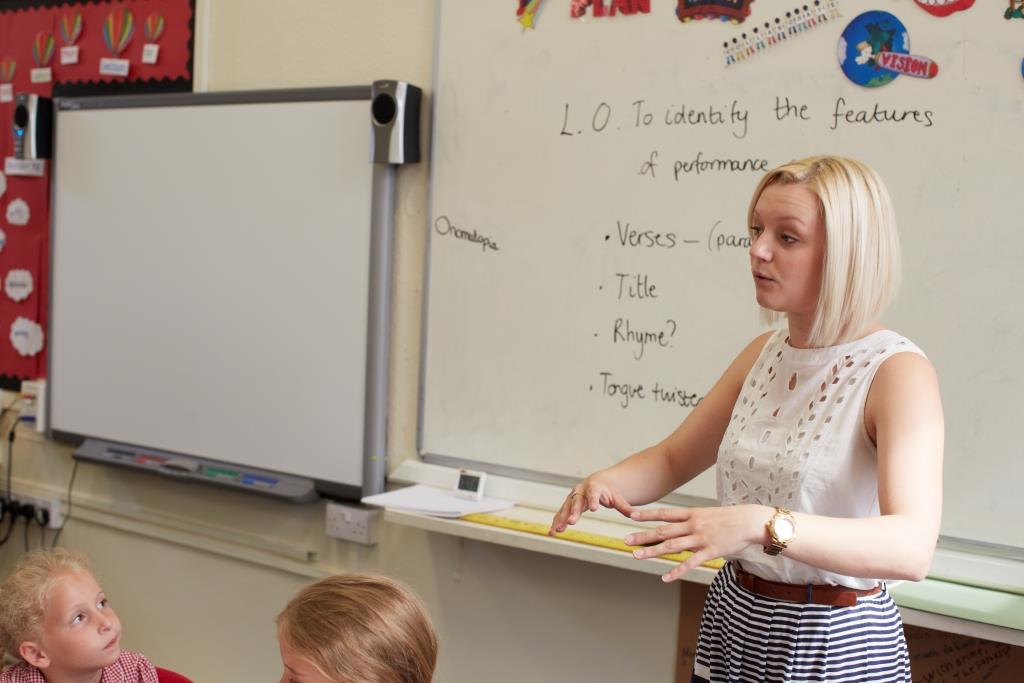It’s already March, and headteachers’, and trainee teachers’, thoughts are rapidly turning to next September. Before long, the adverts will be out, the shortlisting will be done and heads and trainees will be looking warily across a desk at each other, both thinking the same thing: do I want to work with you?
Lots has been written about teacher shortages, but just as important as recruitment is retention: Nick Gibb released data before Christmas showing that 30% of teachers leave the profession in their first five years, so the need for a good fit between schools and teachers is very important, which reminds me of the stories of two teachers in a research paper on this issue that I published recently.
Sarah joined Forest Fields secondary expecting to stay for the long term – “as long as there is a job here for me” seeing a strong fit with her values as teacher. But as she developed in her second and third year, she became more focused on promotion, and saw few possibilities at Forest Fields. By her third year, she was looking to move on.
Daisy was ambitious when we joined Smith House primary, expecting to move on quite quickly. By her second year her priorities were changing and she was enjoying a good fit with the school. By her third year, she was feeling supported, considering children and saw the school now, as a very good fit for her “I am career-minded, but I want to fit in having children too… and the school is a good one for one with children”.
These were not isolated stories in a study of early career teachers including a series of surveys of over 4000 teachers in their first 3 years in the profession as well as 2000 senior leaders, alongside over 150 interviews conducted in case studies in 50 schools that looked at both the experiences and expectations of beginning teachers and the corresponding views of heads and other school leaders.
In the study schools like Forest Fields and Smith House fitted the traditional model of what I call in the paper stability-orientated schools, schools that focus on encouraging early career teachers to develop their classroom skills, focusing their professional development on building these skills and aiming to create an environment that encourages teachers them to stay in the school in the longer term. By her third year, Sarah found she didn’t want to be in a school like this – she might have stayed longer in an action orientated school, one that expected its teachers to want to move on in their careers, encouraging teachers to take on responsibility early in their careers, moving them on to promotion and encouraging staff to move on in their first five years.
Action-orientated schools can thrive in an environment where they expect staff to move; they don’t always need to find and then hang on to teachers, as long as they can be sure there is a good supply and system of collaborative support for high quality NQTs to take their place. The key is for schools collaboratively to ensure the right range of support, opportunities and contexts are available in the region and to join these up with the varied needs of teachers.
So what about our local region? Sheffield Institute of Education is working with Initial Teacher Training providers, Local Authorities Teaching School Alliances and Multi Academy Trusts across the Sheffield City Region to help provide this supply, support and development so that when the Daisys and Sarahs of the future decide to move on, schools can be sure that they can find equally excellent teachers in the future in new ways. If you want to join them and teach in our region please get in touch; if you want to find out more about how we are working across the region – watch this space!
Professor Samantha Twiselton is the Director of Sheffield Institute of Education
Mike Coldwell is Head of Centre for Research and Knowledge Exchange

Leave a Reply